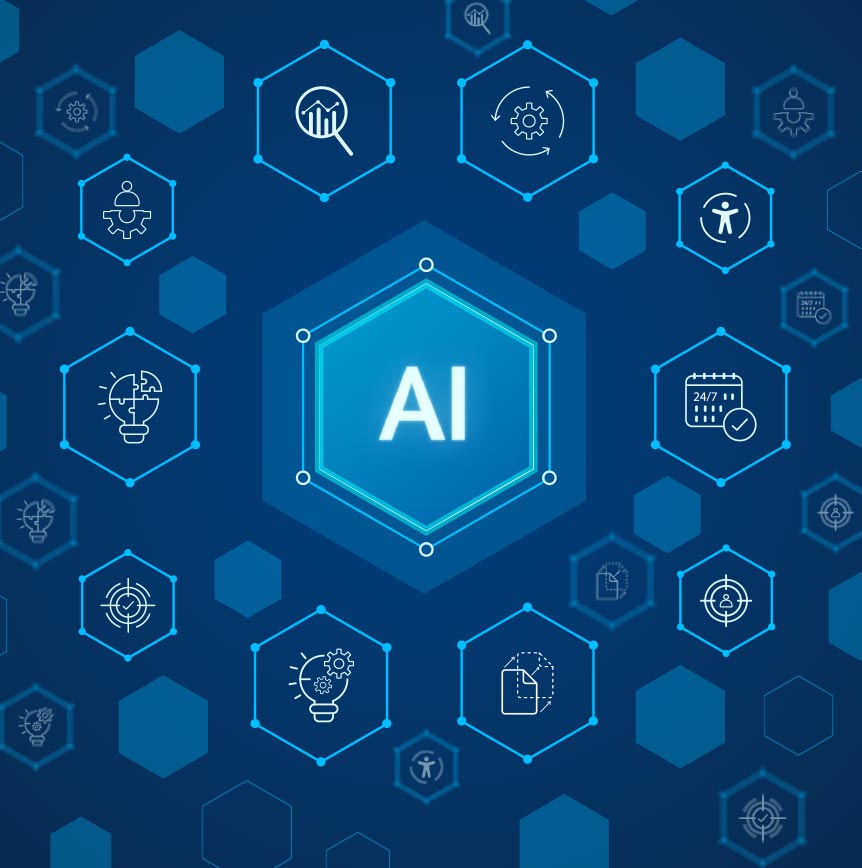This blog post comes from Angela Mercado, RELI’s Senior Director of National Safety and Security (NSS). Not only is Angela a key leader in our NSS sector, but she’s also an industry leader in the realm of customer experience, user experience, and employee experience. Recently, Angela was inspired from the insights she gained after attending the Global Government Forum’s GovernmentDX conference and University of Virginia – Northern Virginia’s Customer Experience Leadership Institute and wanted to share those insights with us.
In the world of government contracting, where bureaucracy often reigns supreme, the concept of customer experience (CX) design might seem like a luxury rather than a necessity. However, as the landscape of service provision evolves and citizens demand more seamless interactions with government entities, the significance of CX design cannot be overstated. Drawing from insights gleaned from the GovernmentDX conference and Customer Experience Leadership Institute, I’d like to share three fundamental principles that have stuck with me and informed my CX philosophy.
1. Everything is an experience.
If you’re designing a theme park ride, or a software package, or an awards ceremony, you’re acutely aware that you’re designing an experience. But what if you’re just emailing an attachment, or running a project touch-base meeting, or creating a form? Do you think about the experience of your customer in those situations? My guess is, probably not. But the reality is, everything is an experience. And to properly serve the American public, we need to approach every interaction, large or small, from the CX perspective.
It is essential for government agencies to adopt a holistic approach to CX design, recognizing that every aspect of their operations influences the end-user experience – and we, as government contractors, need to instill that in our teams from the ground up. When we advocate for customers by prioritizing user-centricity and empathy, we can help our government clients identify pain points, streamline processes and enhance overall satisfaction, ultimately fostering greater engagement and trust between citizens and government entities.
Understanding that everything is an experience also underscores the need for agencies to prioritize clarity, accessibility and usability in their communications and deliverables. By putting themselves in the shoes of the end user, agencies can identify opportunities for improvement and tailor their services to meet evolving needs and expectations. Of course, it’s not enough to take an educated guess and hope things get better – comprehensive assessment programs to track and assess outcomes are essential to ensure improvements are effective (but that’s a whole ‘nother blog post!).
2. Design is not just about aesthetics.
When most people think about design, their mind immediately goes to visuals. Graphic design, interior design, even fashion design – those are all top of mind, but design is so much more than how something looks. Beyond aesthetics, effective design encompasses not only functionality and usability, but also prioritizes clarity, accessibility and ease of use to ensure your product achieves the desired outcome. Does the email pitch you prepared for your supervisor about an upcoming conference take into consideration what they will find valuable about your attendance? Perhaps there is a return on investment for your organization through connections made or a panel discussion about an innovative solution implemented to address a challenge you or your organization is currently facing. It is essential to think through your desired outcome, follow through on your design, and ensure it’s achieving the result you set out to achieve – and be prepared to pivot if it’s not meeting expectations.
Effective design also has the power to bridge communication gaps and facilitate understanding between government agencies and the public. Clear, intuitive design can make complex information more digestible and empower citizens to navigate bureaucratic processes with confidence. By approaching design from a holistic and experiential standpoint, agencies can ensure that their services are more accessible, more approachable, and ultimately more effective. In doing so, they not only improve the customer experience but also promote transparency and accountability in government operations.
3. Design is not a luxury. It’s a commitment.
Perhaps the most critical principle emphasized at both GovernmentDX and the Customer Experience Leadership Institute is that design is not a luxury – it’s a commitment. In the realm of government services, where resources are often constrained, it can be tempting to view CX design as an optional add-on rather than a core component of operations. However, true commitment to CX design entails embedding it into the fabric of every process and decision. CX design is not something to be tacked on when there’s extra budget or thought about at the end of a development cycle – it’s an integral part of delivering value to citizens and stakeholders.
True commitment to CX design also entails fostering a culture of continuous improvement and innovation not only within government agencies, but within the contractors that serve them. By empowering employees at all levels to embrace CX design principles, we can unlock new opportunities for service enhancement and optimization. This requires a shift in mindset – from viewing design as a one-time project to recognizing it as an ongoing journey of improvement. Ultimately, by prioritizing CX design as a non-negotiable commitment, agencies can deliver tangible value, driving positive outcomes and building trust in government institutions.
In the realm of government contracting, the principles of CX design are critical drivers of success. From recognizing that everything’s a design to understanding that design encompasses more than just aesthetics, these principles emphasize the importance of prioritizing the user and the end goal in every aspect of operations.
For contractors and agencies alike, CX design is not a luxury – it’s a fundamental commitment. By integrating design principles into processes and decisions, we can foster a culture of excellence and drive positive outcomes for citizens and stakeholders. This involves a focus on clarity, accessibility, and usability, along with a willingness to incorporate feedback for continuous improvement.
Ultimately, by embracing CX design, we can deliver tangible value and build trust in government institutions. It’s not about flowery language; it’s about practical steps to better serve the needs of citizens, now and in the future.




